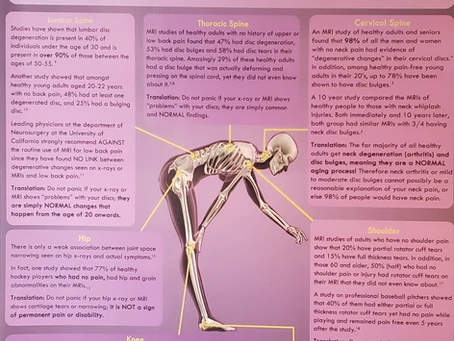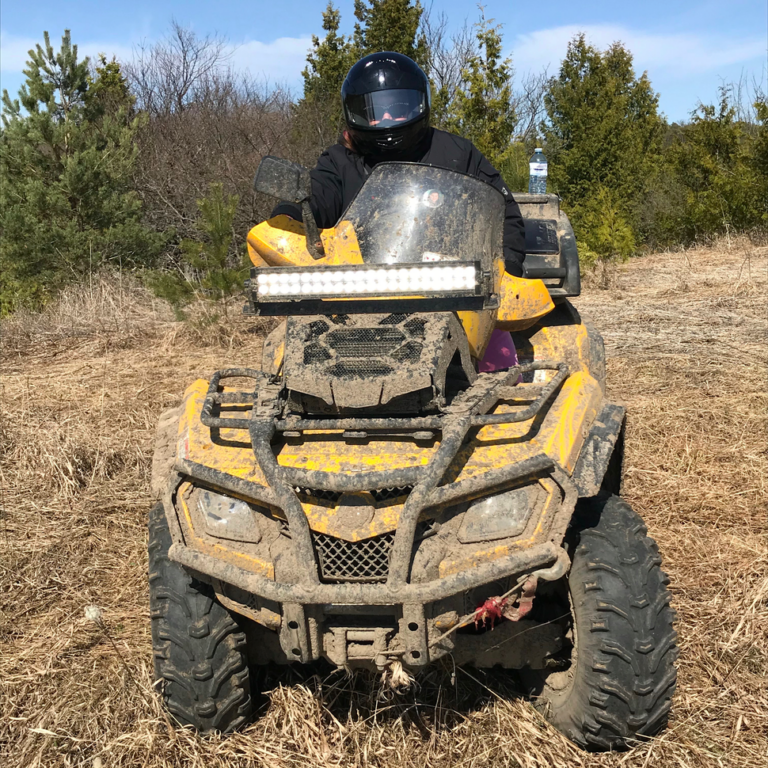I’m going to continue on with the pain education I started in my last post (see https://www.claringtonphysio.ca/post/the-total-pain-education-package-part-1 for part 1). As always, remember pain can be complicated, and if you have any questions about the information present in these videos or posts, don’t hesitate to contact us or your physiotherapist for more information!
In my next video, I talk about how our psychology affects our pain. This topic can be a bit sensitive for people, so I want to start off by saying that all pain that you experience is REAL! You’re experiences are real to you no matter what. With that in mind, we have to understand that sometimes our brain can be “tricked” into feeling pain, just like optical illusions can trick our eyes into seeing something that is not there (see in the video). Even if we know the line is straight, we can’t make our brain see it. With pain, even if we know we should be able to do something (like go for a short walk), our brain might perceive that activity as painful. This can happen through negative thoughts, fears, emotions, or memories. Though this can be difficult to manage, things like having a positive outlook on recovery, doing little things every day that make us feel happy and accomplished, or even trying to trick our own brain into feeling something differently (ie telling ourselves we are feeling stretching vs. pain) can all help reduce pain.
Before I go into this next video, let me ask you a question: Is it possible to have pain in a body part you no longer have, ie from an amputation? Since there is no more tissue to be injured in that area, we might suspect that the answer is no, however there is a phenomenon called “phantom limb pain”. This video covers how phantom limb pain is different than “normal” pain and how we can learn more about the pain we experience in body parts that are still present by understanding phantom limb pain.
In my final video (I know, this has been a long one!!), I talk about something called central sensitivity. In one short sentence, basically nerve hypersensitivity is a painful sensation to a non-painful stimulus. When nerves get over excited, the pain threshold can be significantly reduced, so much so, that sometimes just brushing your skin with clothes can be painful. I think for the most part we can agree that brushing clothes against something doesn’t cause any tissue damage, but in the case of nerve sensitivity is DOES cause pain! Central sensitization is basically where the brain remembers so much what it was like to be in pain, it sets its alarm system to extra sensitive. This can make pain happen in areas that are completely healed, sometimes even years after the initial injury. These can be difficult to manage, but what’s important to remember is that you have to desensitize the nerves and brain through graded activity. This can re teach the brain that the stimulus you are putting on it is normal and not causing injury.
I hope you have enjoyed and learned something from these pain education packages. Again, understand that pain can be complicated and multi-factorial, and isn’t always as simple as treating “injured tissues”. However pain is treatable, and because pain is multi-factorial, it can be best treated with a multi-disciplinary approach by knowledgeable, caring, regulated health care professionals. Most importantly, pain can only be treated with active participation from you as well!!
If you have any questions, contact us at 905-240-9355, or email us at [email protected]. We would be happy to help you in any way we can!
Stay happy and healthy! All the best!
Your Team at Clarington Physiotherapy Health and Wellness Centre



